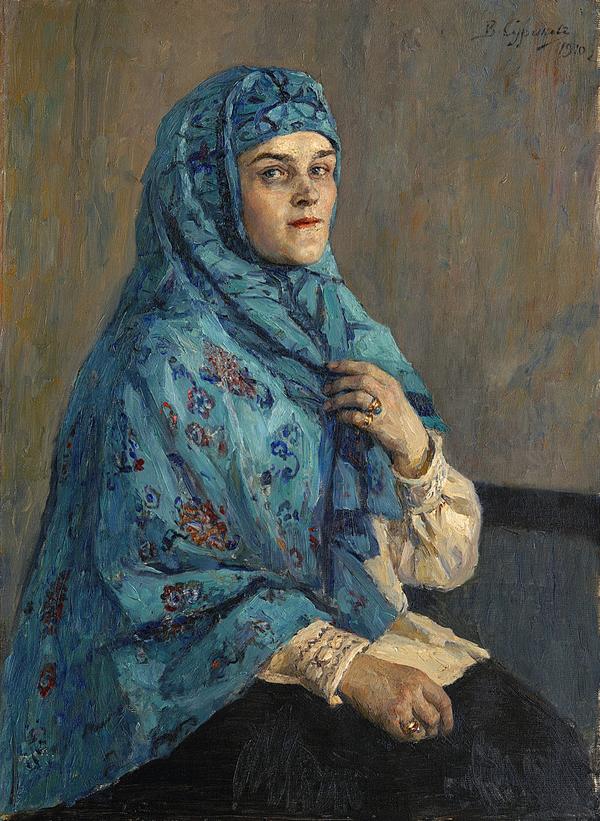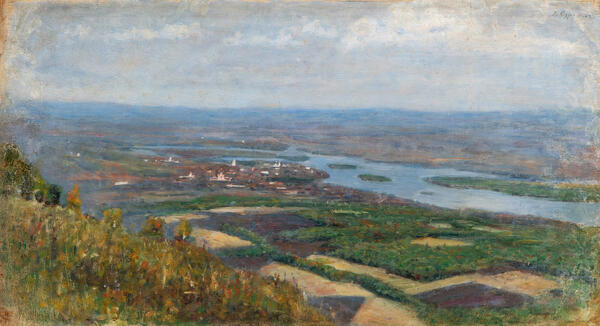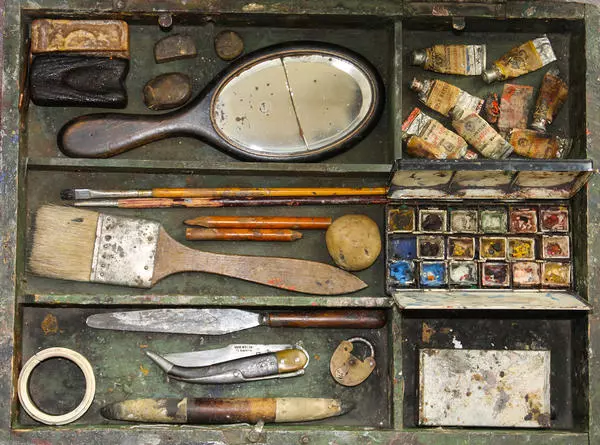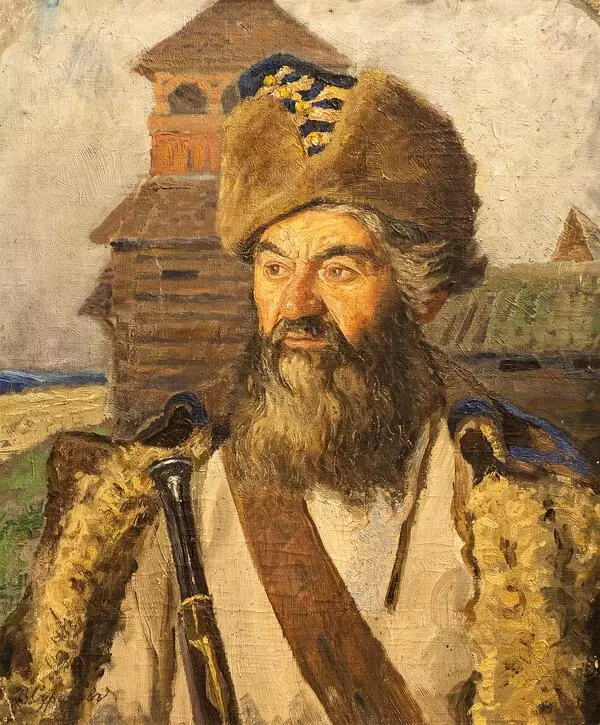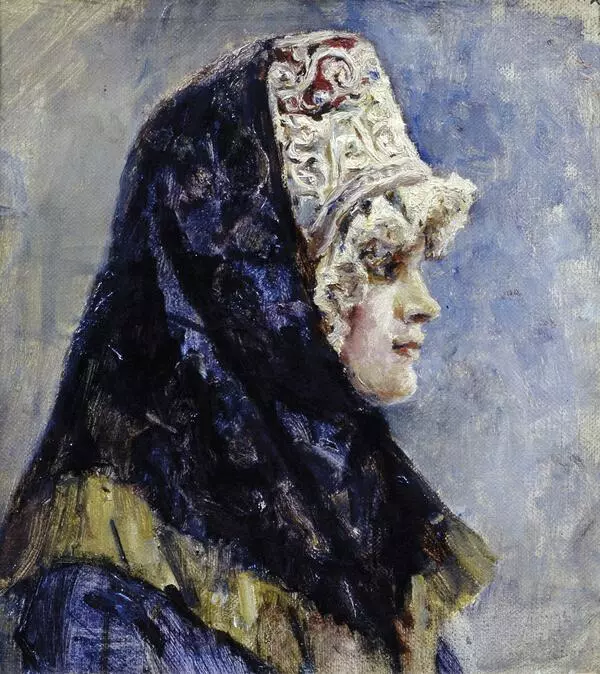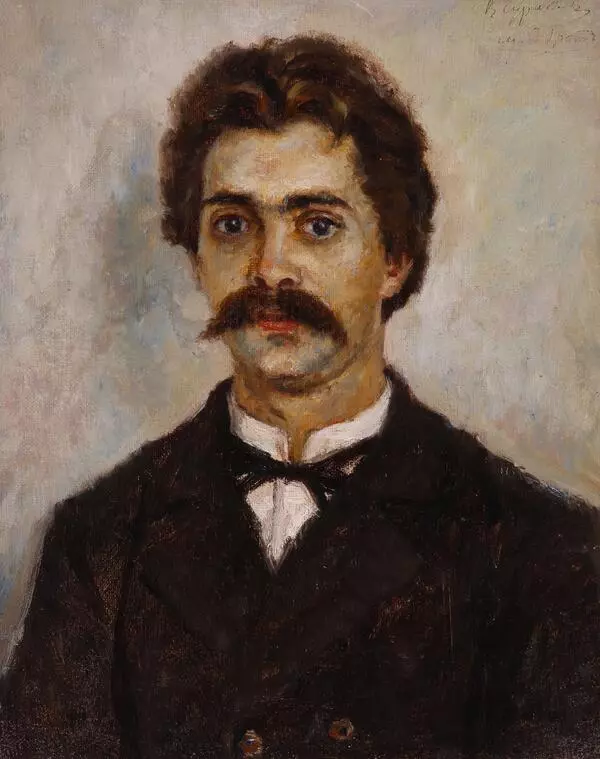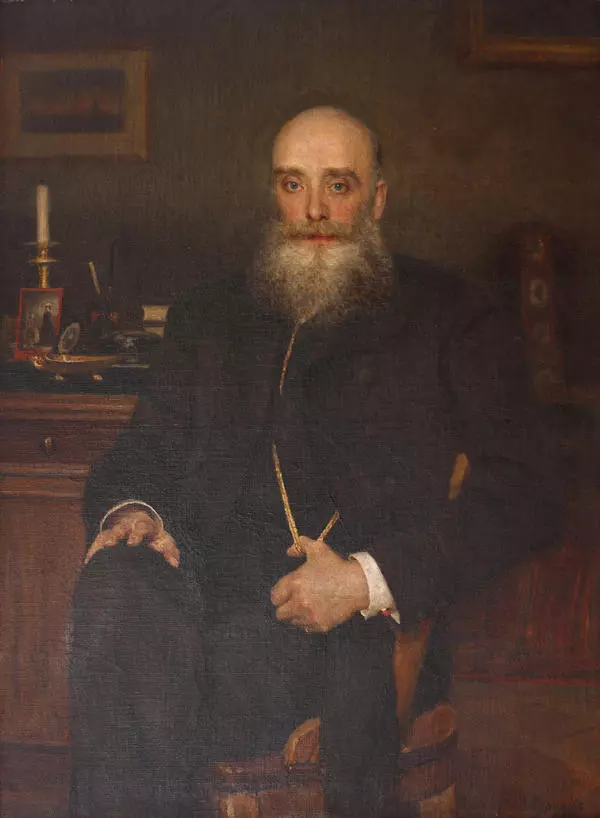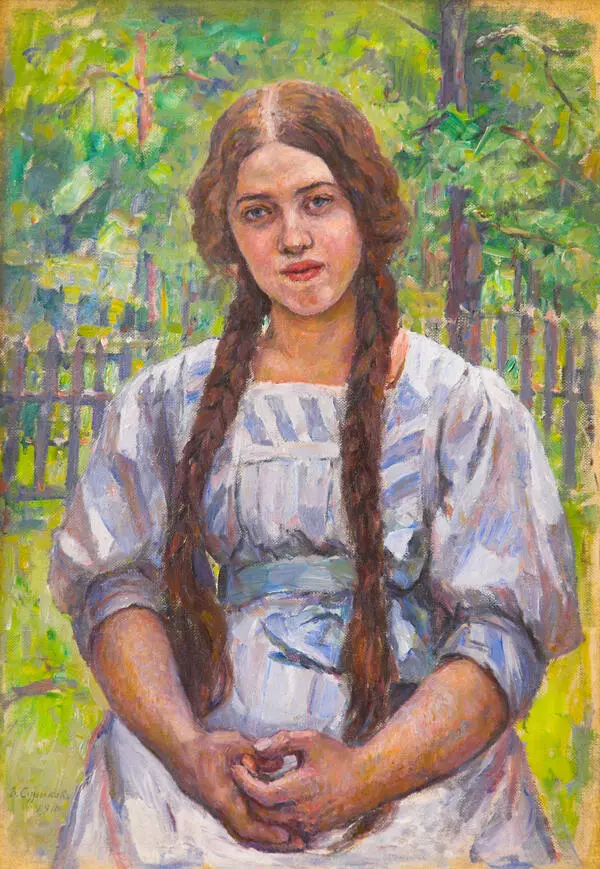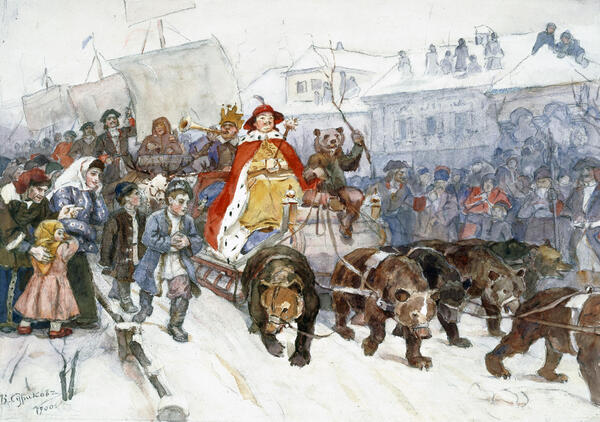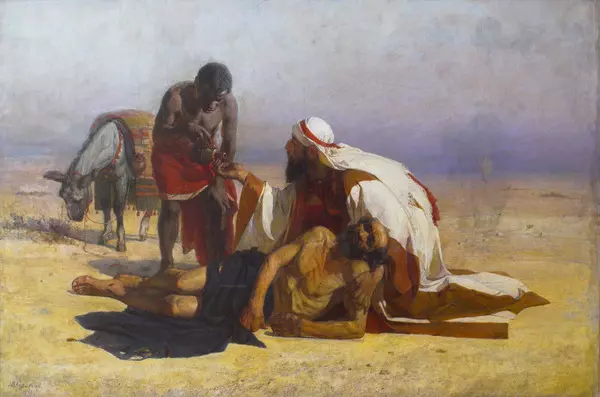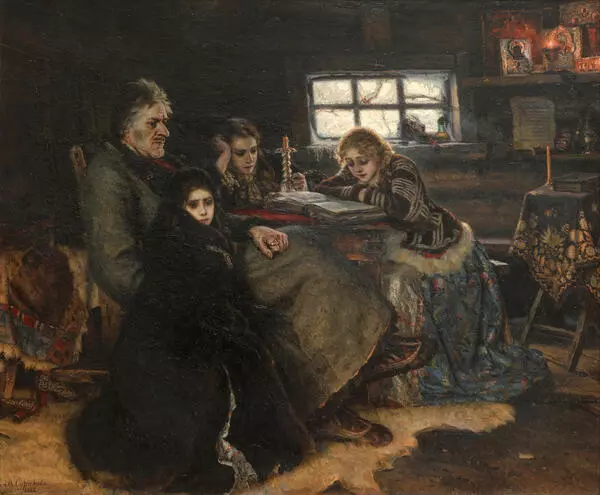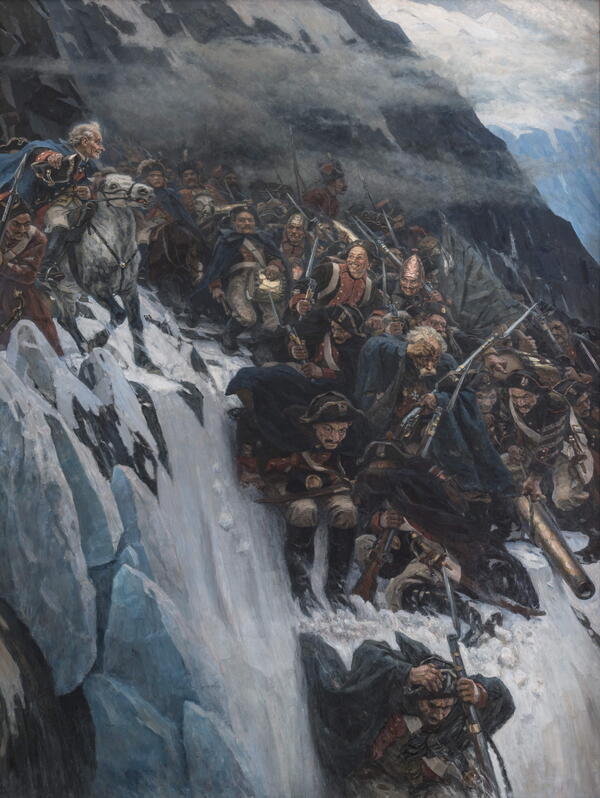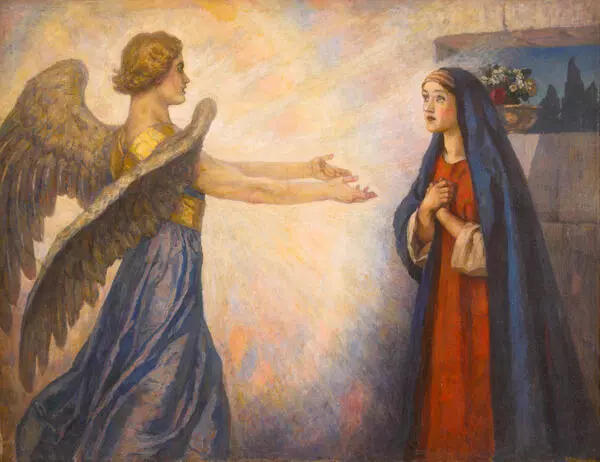Vasily Surikov created the portrait of Princess Shcherbatova in 1910. It was a rare case for this artist to turn to this genre. Surikov mainly worked with historical topics and never considered himself a portrait-painter. He painted portraits only in case the model was interesting for him.
1 / 3
Portrait of Princess Polina Shcherbatova
Время создания
1910
Размер
97x72 cm
Техника
wood, oil painting
Коллекция
6
Открыть в приложении#3
Vasily Surikov
Portrait of Princess P. I. Shcherbatova
#2
#4
The husband of the Princess – Sergei Shcherbatov, an artist and a collector – commissioned this portrait. He wrote in his memoirs that he asked Surikov to make his wife look like a woman from ancient Russia, similar to a character from the famous Surikov’s painting Boyarina Morozova (“the woman who is standing by the sledge”).
#5
Polina Shcherbatova was the granddaughter of a peasant serf. After she got married, she very quickly became the member of the aristocratic circle. The Princess was a benefactress and opened asylums and orphanages in Moscow. In 1918, immediately after the revolution, Scherbatovs moved to France and stayed abroad until they died.
#7
The contemporaries say that the Princess was very beautiful, many artists painted her. For example, Valentin Serov started working at her portrait in 1911. We was able to make several drawings trying to search for the best composition, but then he suddenly died literally on his way to his session with the model. This drawing of the Princess turned out to be his last work.
V. Serov, Portrait of Princess Shcherbatova (1911), State Tretyakov Gallery
#9
Surikov depicted the Princess as a reserved and strict woman. He did not want the elements of the interior to draw the viewers’ attention from the central character; hence, he selected a neutral gray background. Shcherbatova posed in a light-colored cardigan and a blue kerchief with ornamental embroidery. The kerchief is tied around her head in Russian Style, and she is holding on to it with her hand.
The author purposefully chose common clothes – he was not interested in the financial prosperity or social status of the model. He was looking into the very essence of a person and aspiring to convey the ‘internal ramrod’ of the model on the canvas. We see a self-assured woman with a meager face, high cheekbones and black ‘sable’ brows. She proudly holds up her head and purses up her thin lips.
#6
The portrait of Princess Shcherbatova is an example of a real Russian woman. Surikov compromised the accuracy to better convey the character of the model. Later, Prince Shcherbatov wrote, the portrait was not very from the point of view of similarity.
#8
The color palette of the painting is quite characteristic of Surikov. He often used cold dark and light blue and gray shades. The blue kerchief of the model shimmers on Shcherbatova’s face and her white blouse. The dominating cold shades emphasize the austerity and iciness of the image.
#10
Before the revolution, the portrait was stored in the collection of Prince Shcherbatov. After 1917, this collection was divided into parts and granted to different museums. Radishchev Museum received this painting in 1922 from the State Museum Collection.
#11
A.N. Radishchev Saratov State Museum of Fine Arts
читать дальшескрыть
00:00
00:00
1x
Portrait of Princess Polina Shcherbatova
Время создания
1910
Размер
97x72 cm
Техника
wood, oil painting
Коллекция
6
Открыть в приложении
Поделиться


